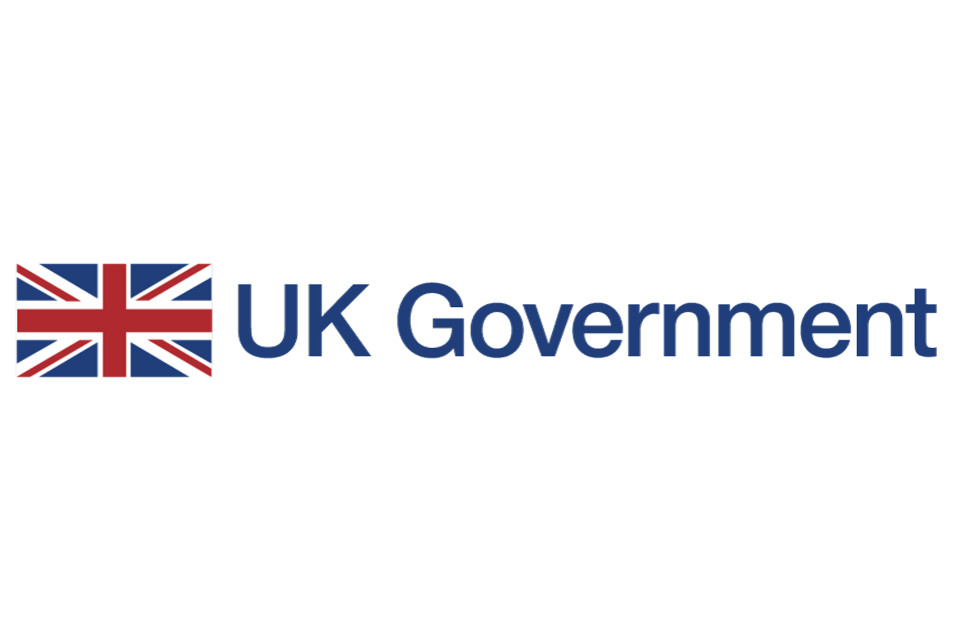UK Government to support Tanzanian girls' education
UKAID through the Department for International Development (DFID) will support the project 'A New Equilibrium for Girls'.

UKAID through the Department for International Development (DFID) will in 2013 - 2015 support thousands of girls’ Form I – IV secondary education in Tanzania through the Girls’ Education Challenge (GEC) Step Change window with funding of £8.8 million (around T Sh 22 billion).
This three-year support will be through the project named ‘ A New Equilibrium for Girls’ to be implemented in Tanzania and Zimbabwe by Camfed International, a UK-based NGO that has an outstanding history and achievements of supporting girls’ education and empowering women in rural areas in some countries in Africa. The key partners in this project are MoEVT, PMO-RALG, Camfed International, Camfed Tanzania and Pearson Education.
The objectives of GEC step change window funding in Tanzania will be:
- To enable 20,000 vulnerable girls to finish secondary school through delivering educational resources through Camfed partner structures.
- To support 360 young women graduates with loans and skills to deliver life skills and other training in secondary school classrooms.
- To reach 81,312 students with life skills and academic learning.
- To strengthen management & child protection structures at district, school and community.
- To undertake comprehensive research on the intervention model and related innovations related to retention, learning and gender.
The anticipated outcomes from this project include: enabling more girls to stay in school (retention), improving their learning (attainment) and equipping them for life with relevant knowledge and skills.
In Tanzania, this project will be implemented in four regions covering ten districts. The regions and districts involved are Pwani/Coast-Bagamoyo, Kibaha and Rufiji; Morogoro-Morogoro (Rural), Kilosa and Kilombero; Iringa-Iringa (Rural) and Kilolo; and Tanga-Pangani and Handeni. These 10 districts will be involved because of its relatively high drop out and low pass rates among girls in Primary School Leaving Examination (PSLE) and Certificate of Secondary Education Examination (CSEE).
The project in Tanzania will employ the following specific intervention measures:
- Getting at-risk girls into school and maximizing their opportunity to learn by providing a comprehensive package of support to meet girls’ materials needs, combined with targeted local initiatives to tackle obstacle to girls’ success.
- Equipping girls (and boys) with knowledge and skills to cope and flourish by developing and extended curricula with low-cost learning materials that improves academic attainment as well as archives learning outcomes that are targeted at enhancing girls’ wellbeing and prospects.
- Creating and training a network of para-educators by enabling young people on leaving school to play a role in extending learning within their communities while gaining status and opportunities.
- Strengthening the network of local partners that will provide the platform for delivery by reinforcing existing local government and community structures in order to build capacity of these structures to represent and respond to the needs of vulnerable children, and ultimately to influence policy.
- Leveraging new technologies to maximize the impact of interventions by pioneering the use of mobile phone technology in rural areas to capture real-time data about girls, their schools and communities for networking and access to learning management systems.
In Tanzania, this project intends to achieve six outputs which are:
- Increased retention and progression of girls through secondary education.
- Improved learning outcomes for girls-both academic and 21st Century Skills.
- An established para-educator programme through which young people reinvest into the local education system.
- Increased local capacity to take action to tackle obstacles to girls’ and other vulnerable children’s education.
- Uptake and use of a mobile phone technology platform that supports education planning and extends learning and networking in rural communities.
- Adoption of key components into national policy and programmes.
Through the implementation of this project, some critical impacts in the form of social, knowledge, institutional and financial-capital are expected. A critical mass of girls’ progress through secondary school in marginalized rural communities. Alongside improved academic achievement of girls and boys, broader learning outcomes and valued and catered for within the education system, extended through the action of peer-educators and validated through a new system of learning assessment. Service providers, local authorities and community groups collaborate to identify and dismantle the hurdle to girls’ right to education and protection, and adapt to multi-sectoral approach that is embedded for the longer term within girls’ communities. New revenue streams are levered both within and into girls’ communities and managed locally to improve education for vulnerable children, girls and boys.